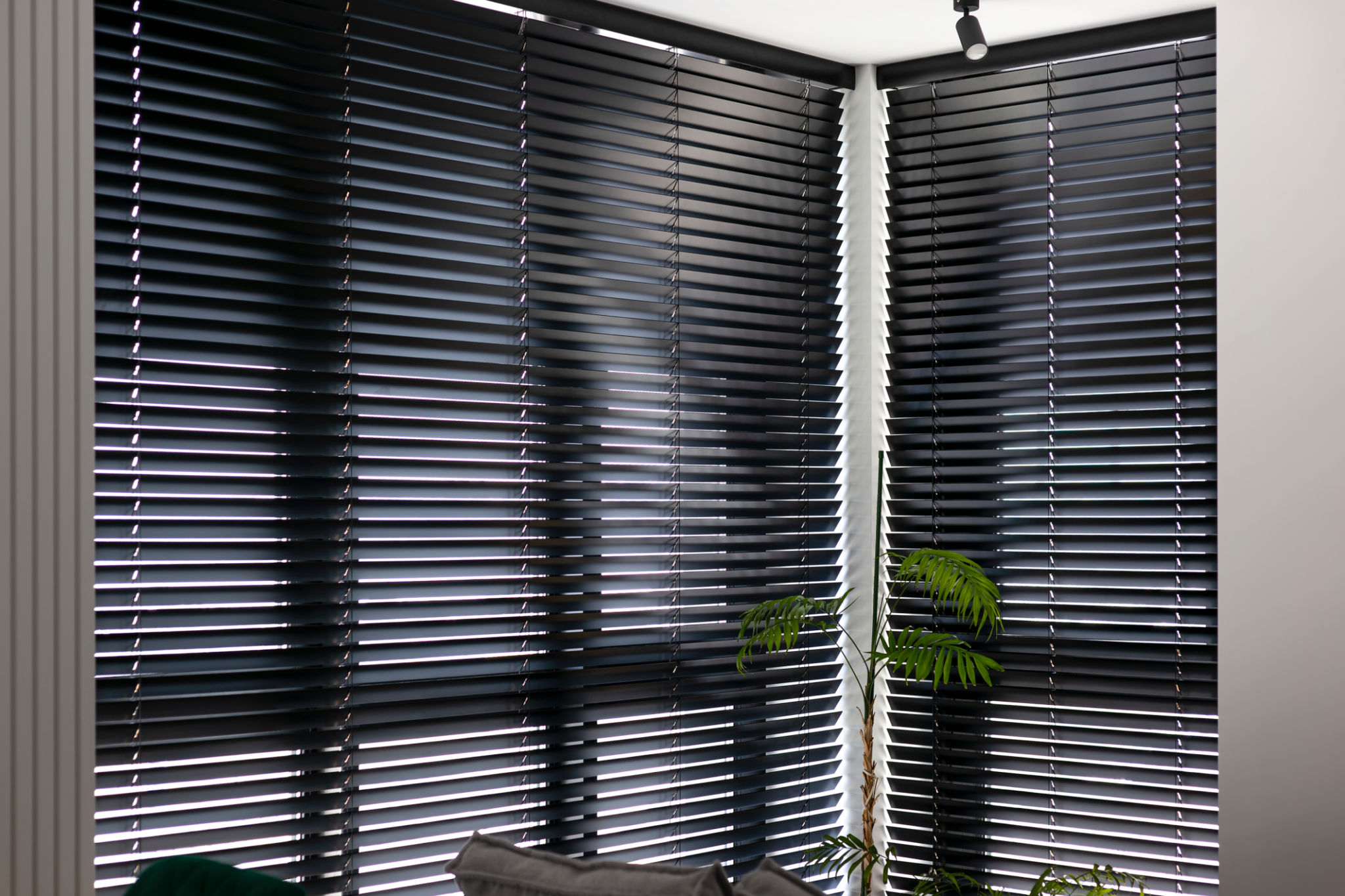Comparison: Smart Blinds vs. Traditional Blinds
Understanding the Basics: Smart Blinds vs. Traditional Blinds
In today's fast-paced world, home automation is a growing trend, and smart blinds are becoming a popular choice for homeowners looking to upgrade their window treatments. However, traditional blinds have been a staple for many years and still hold their ground for various reasons. This comparison will help you understand the key differences between smart blinds and traditional blinds, so you can make an informed decision for your home.

Convenience and Control
One of the most significant advantages of smart blinds over traditional blinds is the level of convenience they offer. Smart blinds can be controlled remotely through a smartphone app or by voice commands using smart home devices like Amazon Alexa or Google Assistant. This means you can easily open or close them without having to physically adjust each blind.
Traditional blinds, on the other hand, require manual operation. While this isn't necessarily difficult, it can be cumbersome if you have multiple windows or hard-to-reach areas. Manual control also lacks the precision that automated systems provide, which can be a downside for those who value ease of use.
Energy Efficiency
Smart blinds often come equipped with sensors that can detect sunlight and adjust themselves accordingly. This feature helps in maximizing energy efficiency by reducing the need for artificial lighting and minimizing the load on heating and cooling systems. For instance, smart blinds can automatically close during peak sunlight hours to keep your home cooler.

Traditional blinds do not offer automated adjustments, but they still provide basic energy efficiency benefits by blocking sunlight and providing insulation. However, they require manual intervention to achieve the same level of efficiency as smart blinds, which can be less consistent and effective.
Cost Considerations
When it comes to cost, traditional blinds generally have the upper hand. They are more affordable than smart blinds, making them a more budget-friendly option for many homeowners. Smart blinds involve additional expenses for the technology and installation, which can be a significant investment upfront.

However, it's essential to consider the long-term benefits of smart blinds. The energy savings and convenience they offer may offset the initial cost over time. Additionally, smart blinds can potentially increase the value of your home, which could be advantageous if you plan on selling in the future.
Aesthetic Appeal
Both smart and traditional blinds come in a variety of styles, materials, and colors to match any home decor. However, smart blinds often have a more modern appearance due to their sleek design and integration with smart home systems. They can provide a high-tech look that complements contemporary interiors.
Traditional blinds offer classic charm and are available in more traditional designs, making them a great fit for homes with a timeless or vintage aesthetic. They also come in various materials like wood, aluminum, and fabric, allowing for greater customization.
The Final Verdict
The choice between smart blinds and traditional blinds ultimately depends on your personal preferences and lifestyle needs. If you value convenience, energy efficiency, and modern aesthetics, smart blinds may be the right choice for you. However, if you're looking for an affordable, low-maintenance option with a classic feel, traditional blinds might be more suitable.
Whichever option you choose, both types of blinds can enhance the beauty and functionality of your home, providing privacy and light control tailored to your needs.
